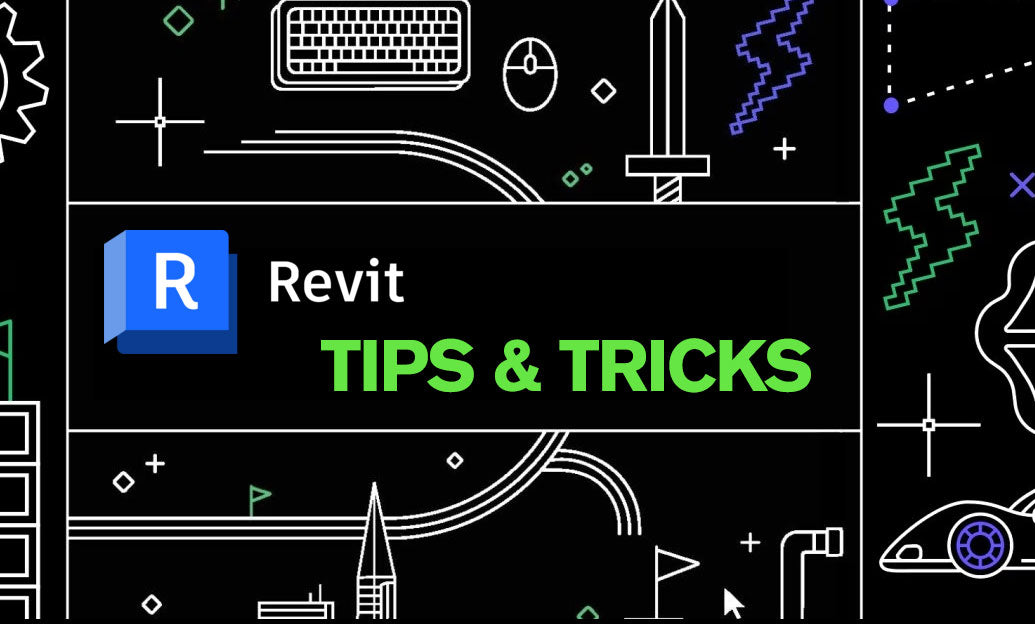Your Cart is Empty
Duplicating geometry? Prefer Instances over full copies to cut memory use, accelerate the viewport, and keep edits centralized.
Why it matters:
- One master object, many lightweight clones: change the source once and every Instance updates instantly.
- Major memory savings: perfect for foliage, crowds, set dressing, and repeating architecture.
- Faster look-dev: keep the scene nimble while experimenting with layout, lights, and materials.
How to deploy effectively:
- Create an Instance object and set its Reference to your high-res source. Use the Object tab’s Mode to choose:
- Instance: full functionality (deformers, dynamics, point-level animation) with higher overhead.
- Render Instance: minimal RAM at render time; limited support for certain deformations/dynamics.
- Multi-Instance: massive counts, GPU-friendly drawing, per-instance transforms and color data for MoGraph/fields.
- Hide the source in the viewport and render (Display tag or object visibility) so only Instances remain visible.
- Use Layers to isolate the heavy source geometry; lock it to avoid accidental edits.
Variation without breaking instancing:
- Drive transforms via Cloner + Fields/Effectors (Random, Plain, Shader, Field Force). Multi-Instance excels here.
- Randomize look with material-side techniques:
- Variation/Random shaders, UVW randomization, or per-instance color (MoGraph Color) in Node Materials.
- In Redshift/Arnold, sample instance ID or user data to vary color, roughness, or texture indexes.
Deformers, dynamics, and generators:
- If you need deformers or Rigid/Soft Body on each piece, switch the Instance mode to Instance or use Multi-Instance when supported by your solver/workflow.
- Avoid duplicating heavy generators (Subdivision Surface, Volume, Cloners) as real copies; instance their outputs or reference their children instead.
- Cache simulations or generators before mass-instancing for predictable playback.
Viewport and render performance tips:
- In Multi-Instance, switch Viewport Mode to Multi-Instance, Points, or Bounding Box while laying out large sets.
- Use Render Instances or Multi-Instance for final shots; they dramatically reduce RAM and speed up render prep.
- Leverage Team Render or GPU renderers with instancing support for heavy scenes. If you’re scaling up hardware, check solutions at NOVEDGE.
Quick workflow checklist:
- Model one high-quality source; keep it organized and named.
- Replace copies with Instances; switch to Multi-Instance for thousands of repeats.
- Drive variation via Fields/Effectors and material randomization, not by making real copies.
- Validate dynamics/deformer needs; adjust Instance mode accordingly.
- Profile memory and scene time; iterate on display and render modes.
Pro tip: For extreme complexity, combine Instances with renderer-specific proxies (e.g., Redshift Proxies) to push scale even further. When building a robust pipeline or upgrading your setup, consult NOVEDGE for tools, licenses, and expert guidance.






